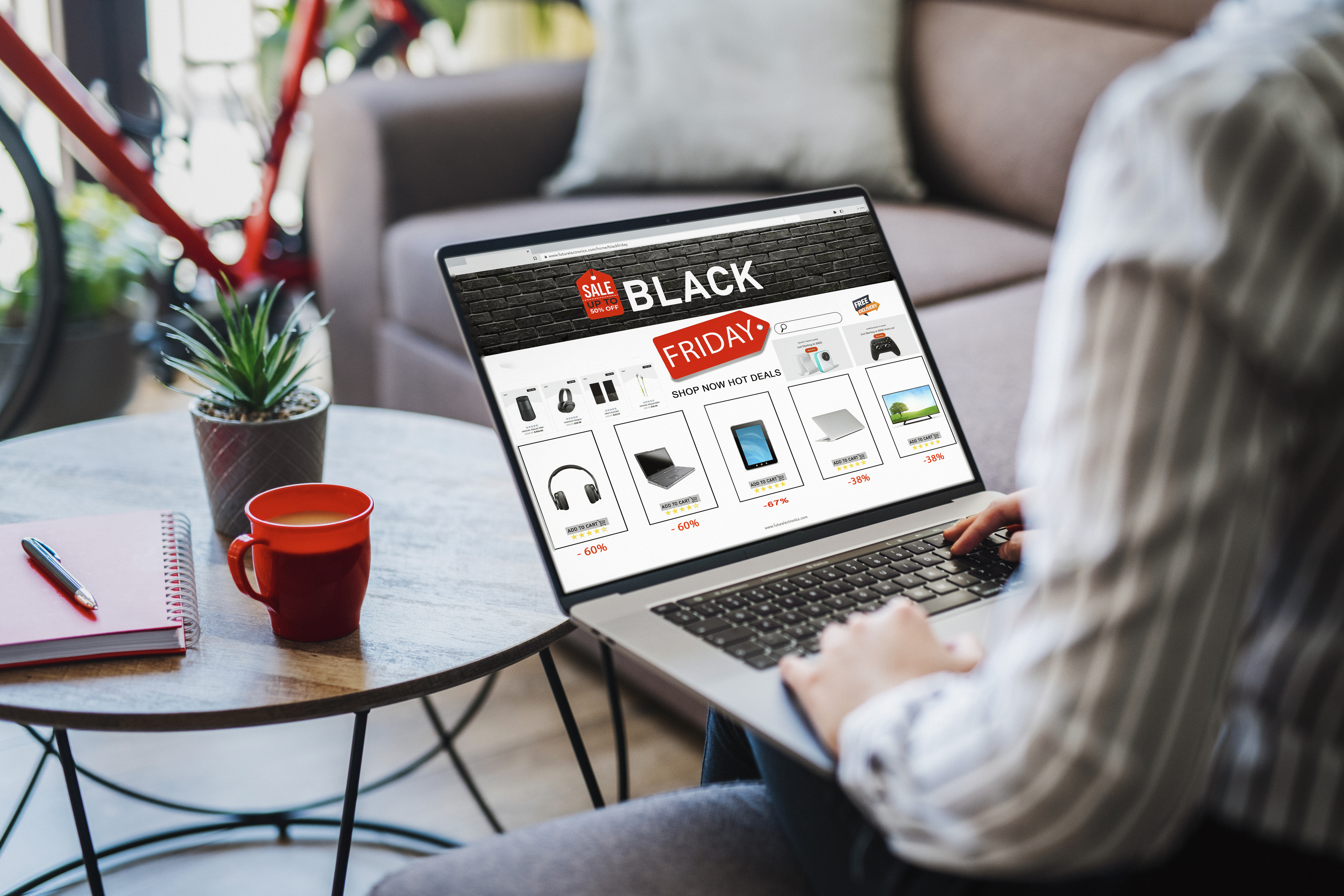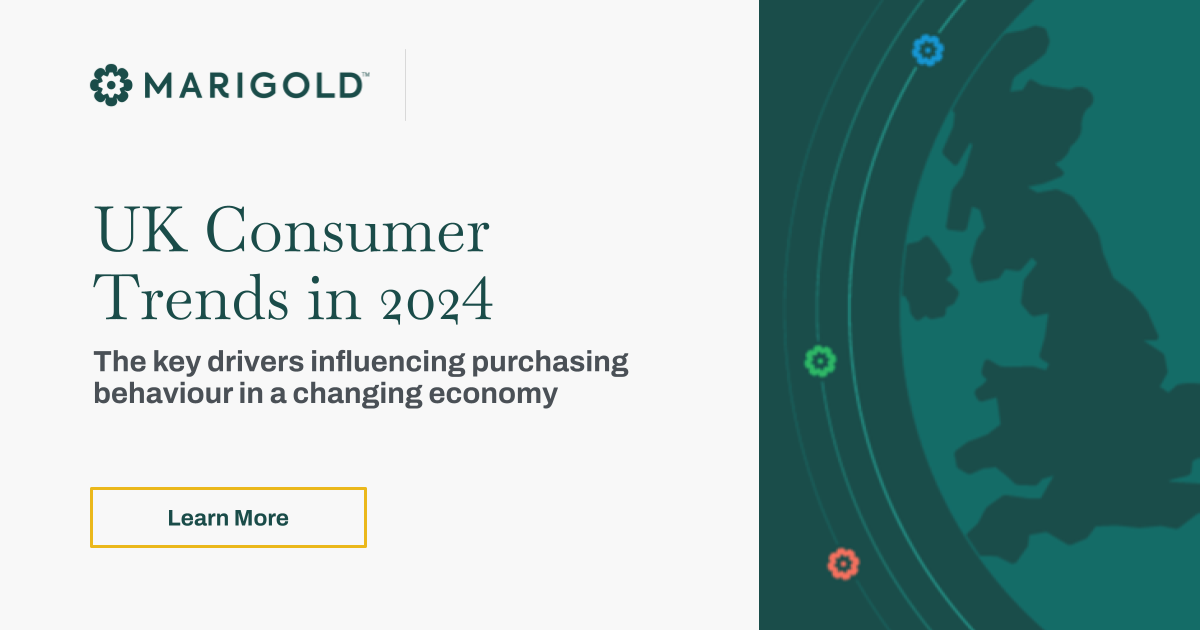Evolving with the smartphone revolution
30 Apr 2014
There’s currently a lot of talk about mobile marketing and it’s been that way has been for the last couple of years. First, it was the challenge of integrating mobile into media campaigns. This evolved into developing a standalone mobile strategy and now it’s determining the significance of the smartphone in your multi-channel strategy. The challenge as it stands is not to write the strategy, it’s to deliver it before the technology and the resulting consumer behaviour has changed.
No sooner have you developed an App to address a customer need and the requirement has changed. The only certainty is that the customer journey is evolving faster than the marketer can map it. According to Google IPSOS the average UK smartphone user has 29 apps on their phone and claim to have only used 10 in the last 30 days.
However, we humans evolve far more slowly than technology. To date we still have just 24 hours in day, a finite capacity for information and a tendency towards habitual behaviour (the marketers friend). We also still have roughly the same number of pockets and, with the average person carrying 2.9 devices, we need them.
Interconnected-interactivity here to stay
The instant information, interaction and interconnectivity provided by mobile is hugely popular and here to stay. Last year Ofcom’s Communications Market Report 2013 revealed the changing media consumption patterns in the UK. Striking is the impact of portable devices, 51% of UK adults own a smartphone. UK smartphone penetration is now almost double that in 2011 (27%). At the same time, tablet ownership has more than doubled in the past year, rising from 11% of homes to 24%. The average household now owns more than three types of internet-enabled devices, with one in five owning six or more.
However, the TV is still the heart of the home – 91% of UK adults view TV on the main set each week, up from 88% in 2002. However, the huge growth in take-up of smartphones and tablets is creating a nation of media multi-taskers, transforming the traditional living room of previous generations into a digital media hub.
However, increasing arrays of digital media are now vying for their attention. People are streaming videos, firing off instant messages, updating their social media status and shopping – all while watching more TV than before.
These activities are mostly carried out using Smartphone as over half of all adults have one nearby. With UK smartphone penetration rates and tablets penetration set to grow again this year, the trend is not going away.
Business is quickly coming to the realisation that online media has to be optimised for multiple devices. Rather than predict the device a consumer will use, one solution is to convert traditional websites to a responsive design platform. This adapts the website design and navigation seamlessly to deliver the best visitor experience on the device in front of them. Conversion rates are typically improved with this approach. E-consultancy recently quoted a 100% increase in conversion by brands moving to a responsive design.
UK smartphone users love to shop
According to Google’s latest research, mobile users in the UK are more likely to buy goods using their smartphone than anywhere else in Europe. Out of 18 European countries surveyed by Google, the UK has the highest percentage of people who make a monthly purchase on their Smartphones – 32%, compared to just 8% in France, 15% in Germany and 19% in Sweden.
Around 83% of 1,000 UK consumer surveyed said they used the internet daily, compared to 75% last year. The amount visiting social network sites has also increased, from 64% in 2013 to 72% this year. The percentage of Britons buying online increased in 2014, to 77% compared to the previous year’s total of 72%.
Traditional media is dead, long live traditional media
Despite the explosion in online activity, the Ofcom Communications Market report showed our relationship with TV endures. This is naturally reflected in advertising spending. In April 2014 the IAB and PwC published their regular survey giving full-year figures for online advertising in 2013. Online has indeed grown and stands at £1bn a year. However £3 in £4 is still spent offline in traditional media like TV and print advertising. This underlines the continued effectiveness of traditional media and the opportunity to integrate these with online media, particularly mobile.
It’s this fundamental interest in the offline/online journey that’s behind the development of mobile response platforms. They use the connective capabilities of smartphones, tablets and PCs in combination with mobile web to provide instant secure subscription, donation or payment. With no Apps to download customers can instantly buy or give with credit cards or PayPal wherever they are from any form of printed media.
Print integrated technology has emerged over the last couple of years at the intersection between analogue and digital media. The growing consumer familiarity with Smartphone related technology such as QR codes, NFC tags and augmented reality apps is changing the role traditional media such as inserts and door drop are performing. Customers can quickly transition online from the original stimulus material to engage or transact.
This offline-online transition also hints at a new form of mobile data modelling whereby hitherto undiscovered customer journeys can be mapped from the first interaction on the doormat to the last interaction with an online checkout. If mobile response to purchase via inserts and door drops can be leveraged there’s potential for laying new consumer paths and driving increased ROI from traditional media.
By DMA guest blogger Alan Beesley, Co-founder, YooZap
The DMA will be exploring the opportunities of print integrated interactive technology with a panel of creative and technology experts on 19 June.





Please login to comment.
Comments